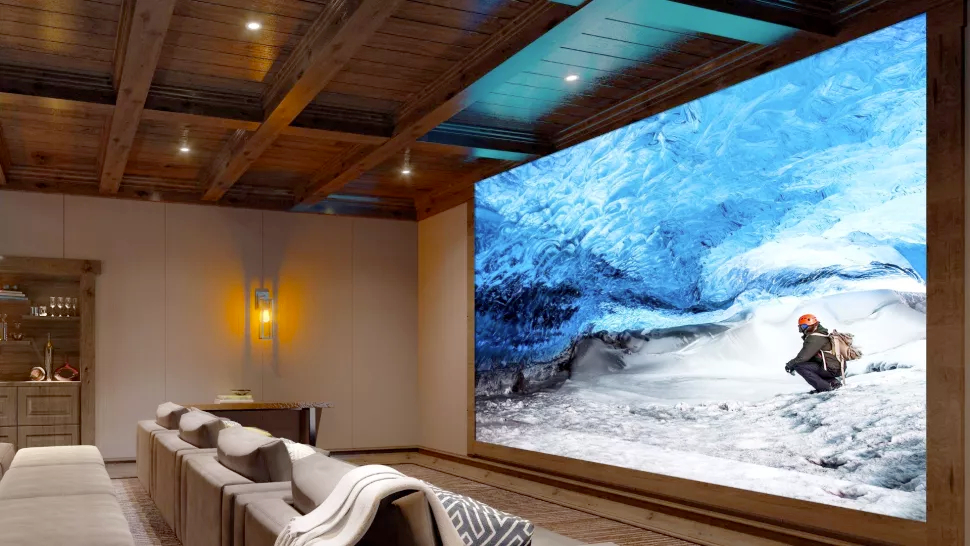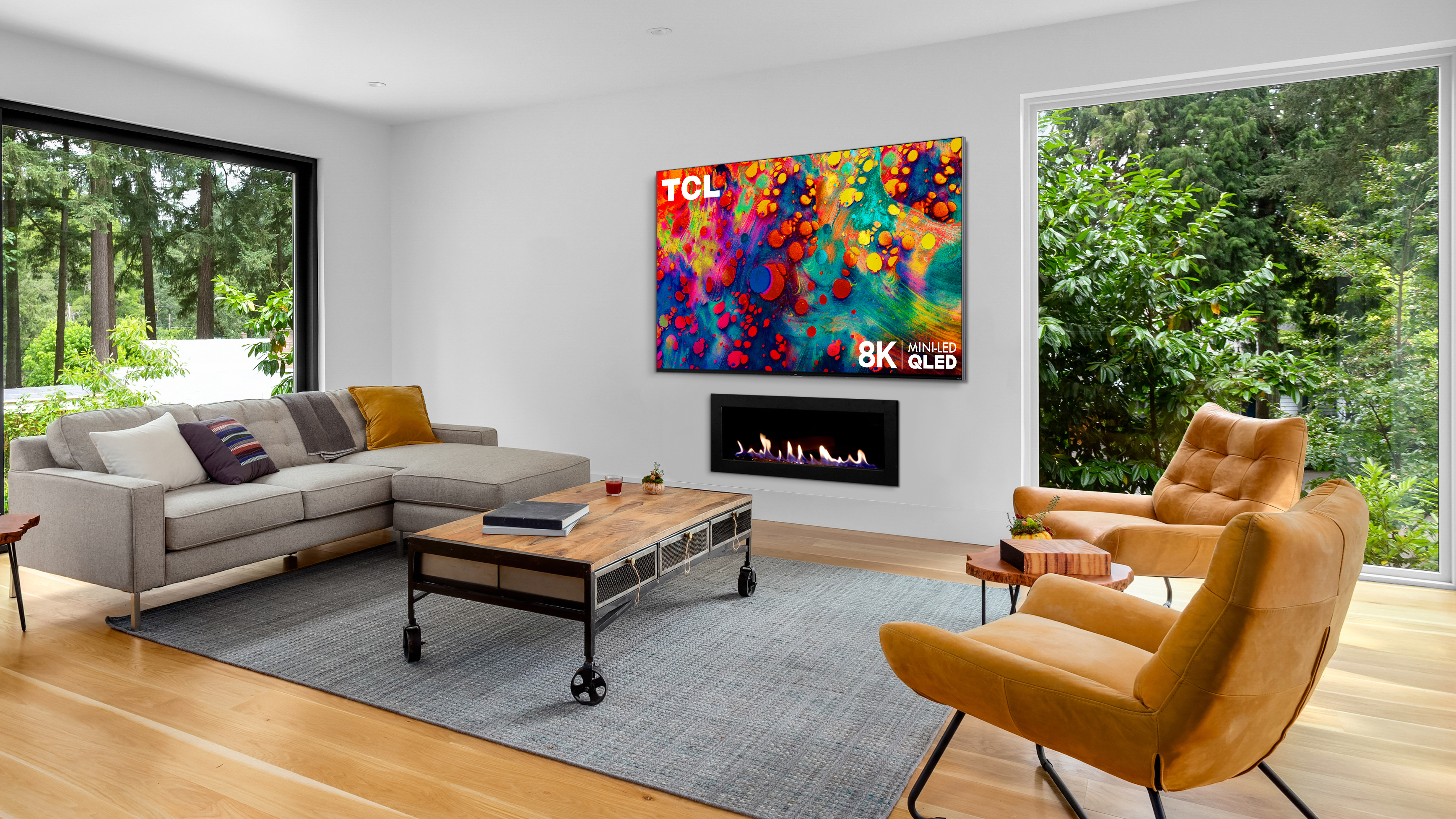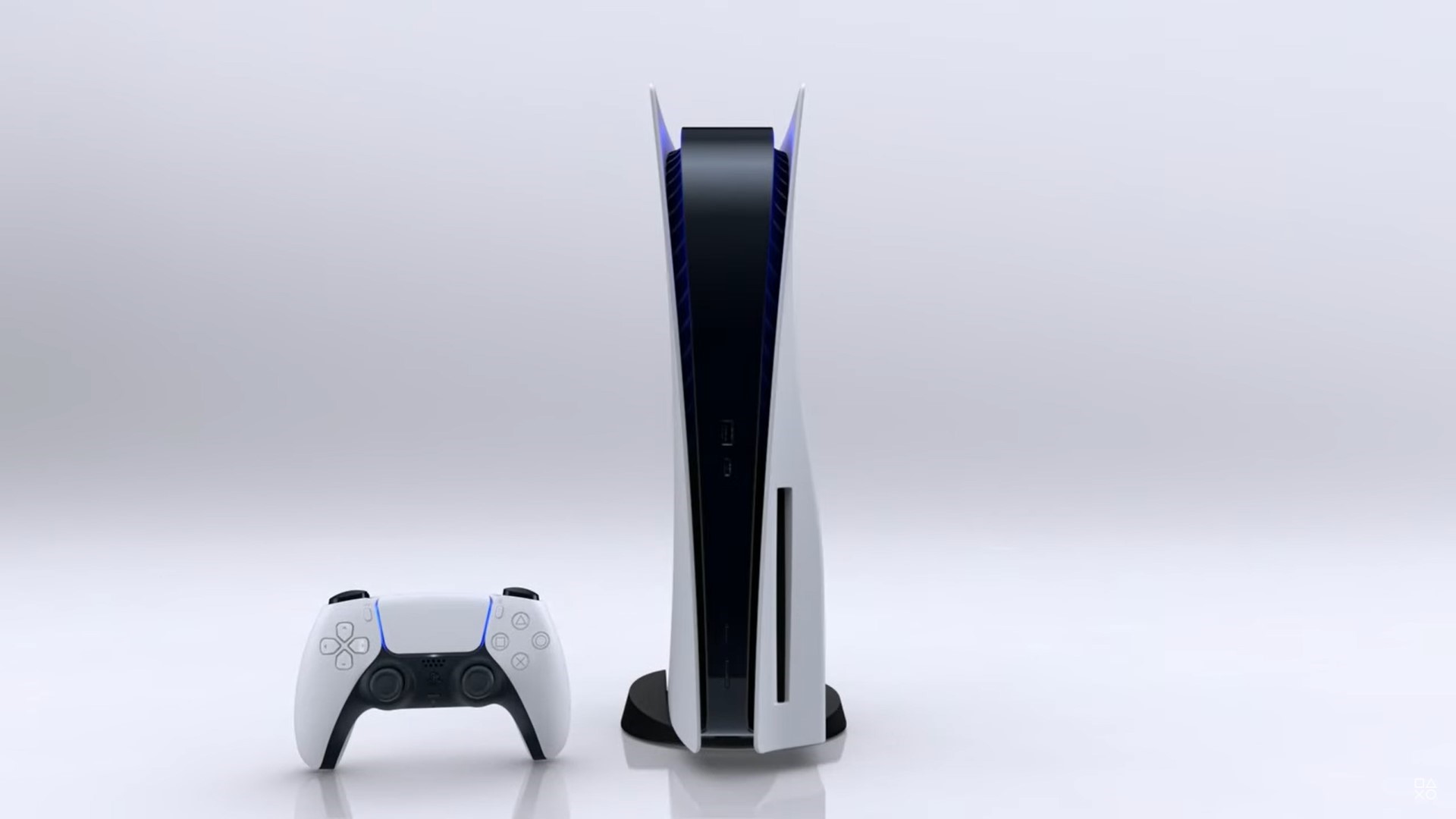16K TVs explained: what comes after 4K and 8K resolution?
Will 16K resolution TVs ever become the mainstream?

Is it time to start thinking about 16K TVs? In the ongoing race between TV manufacturers to outdo their competitors, technological standards are continually being pushed to new heights, and that means 16K resolution – the next step after 4K and 8K – has arrived.
For most households, 4K is the standard resolution for the best smart TVs. It’s rare to buy a new TV without 4K being part of the bare minimum we expect. But it’s by no means the best resolution option now on the market. In fact, not even 8K TVs are the best available, given the advent of ultra-advanced 16K screens.
Promising unrivaled clarity, crispness and sharp detail, it’s arguably the holy grail of outstanding cinematic experience. Yet, the technology is still fairly new, and it comes with a hefty price tag, begging the questions how does it differ from 4K and 8K, and will it become a staple resolution option?
Sony was the first big brand to unveil a 16K TV in 2019. Their 16K Crystal LED display was, and still is, a thing of beauty. Its 1,000 nits brightness, 15360 x 8640 pixel count, and modular setup enables this technology to create a ‘quasi-virtual’ reality that delivers immersive viewing. It almost sounds too good to be true… and if you’re not a commercial buyer, that sadly is the case. For now.
Although all the above features make it all too tempting to say goodbye to 4K for good, while bypassing 8K altogether, we can’t. This is because 16K being a household standard is far off. Most home entertainment isn’t currently available in 16K. Truth be told, there’s still a lot of channels that don’t offer true 4K, and that resolution has been available since 2012.
Still, while we can’t all purchase one now, our guide can walk you through what 16K TV actually means, what we know about this tech so far, and, ultimately, if it’ll ever dominate our living rooms.
What is 16K?
Basically, the term 16K refers to the number of pixels in an image. But to put the 15360 x 8640 pixels of 16K into perspective, we need to look at what 4K and 8K resolutions offer. Typically, 4K is defined by 3840 x 2160 pixels, while 8K is 7680×4320. This means that 16K TVs have 16 times the pixel density than 4K, and eight times the density of 8K. That’s a big upgrade.
Because pixels have to be smaller to fit so many into one display, individual pixels can’t output as much light either – so it’s crucial for 16K TVs to offer a benchmark brightness. This is why the 1,000 nits marker is such an important feature of 16K resolutions.
Get daily insight, inspiration and deals in your inbox
Sign up for breaking news, reviews, opinion, top tech deals, and more.
Assuming 16K TVs keep the modular setup that Sony showcased, the overall TV would consist of 16x18 inch square displays with 360x360 resolution in each. This would then deliver frame rates of 120Hz, 10-bit grayscale, and 99% black surface area, allowing for deep blacks and excellent contrast. Again, this is assuming other brands opt for similar specs.

Are 16K screens actually better than 8K?
It may sound scandalous to ask, but do 16K displays really make that much of a difference? It’s important to ask before we start dreaming about such advanced screens arriving in our homes – as they’re a good while off.
In truth, it all depends on the size of the TV, the content you’ll be watching (are you watching 16K content?), and how close you’re sitting to the screen.
The higher the resolution of a screen, the closer you need to be to see the increased detail. So if you’re sat 10 feet away from a TV screen, you likely won’t be able to see the difference between 4K and 8K – let alone 16K.
If you are sitting close enough, you’ll want native 16K content – video that was recorded or created in 16K – to see how good it can be. Today’s 8K TV makers are still figuring out how to upscale low-res content effectively, and it gets increasingly more difficult for a TV processor the larger the disparity between the resolution of the content and the resolution of the screen is.
So there will be a notable difference in quality when compared with 4K or even 8K, but that difference would be minimal unless certain conditions are met.
The downsides to 16K right now
As we touched upon in our 4K TV explainer, the file sizes for 4K content are far larger than those for lower-res content. Streaming that kind of content over home internet or data is difficult now, and that’s without higher resolutions being included. Quite simply, the bandwidth isn’t there yet – not just for broadcasters but for viewers too, as most people don’t have high speed broadband, especially in more rural areas where reliable internet is lacking.
When you start adding in these variables, the pros of crisp imagery and smooth motion start to pale in comparison to all the potential cons right now.

What about 16K gaming?
It’s possible, but it’s not a readily accessible option, which is a recurring theme with 16K. Gamers have played in 16K before, as YouTuber Linus Sebastian demonstrated after setting up 16 4K screens to game on. His results were impressive, but arguably not true 16K, nor did it deliver the seamless graphics we’ve seen 16K produce since.
There’s also the fact that the latest PS5 and Xbox Series X consoles have only recently dipped into 4K options, so to expect 16K is a big ask at this moment in time. PC gamers, as always, fare better than their console counterparts, but it’s the cost that will still make getting 16K difficult.
Are we ready for 16K resolution?
Commercially, yes. Residentially, no. At this moment in time, 16K is a luxury that few people will be able to afford and/or properly enjoy. If you focus only on Sony for the moment, the price is speculated to be $10,000 (around £7,500 / AU$14,000) per module, then on top of that you have the logistics of running this exceptional tech in its optimum state.
As consumers, we’re hungry for the latest and greatest technologies, and it’s clear manufacturers are capable of making 16K work – but the everyday household isn’t ready just yet. Nor will it be for the next couple of years. If 16K is to ever roll out to everyone, it will be a steady and gradual process, with 8K TVs first needing to become as widespread as 4K TVs are now.
What's next for 16K TVs?
Despite being an exciting prospect for home cinema connoisseurs, 16K TV is still in its infancy. The innovation we’ve already witnessed is opening up many possibilities, but it'll take time before 16K delivers the high standards we demand of such technology, with the affordability needed for mainstream acceptance.
There’s also the fact that 8K resolution has yet to have its day, though the way it's quickly gaining momentum means the time could finally be upon us. The number of 8K units sold has tripled in the last year. When it comes to the natural next steps, it would seem obvious that broadcasters and viewers will want to move to 8K before leaping to 16K.